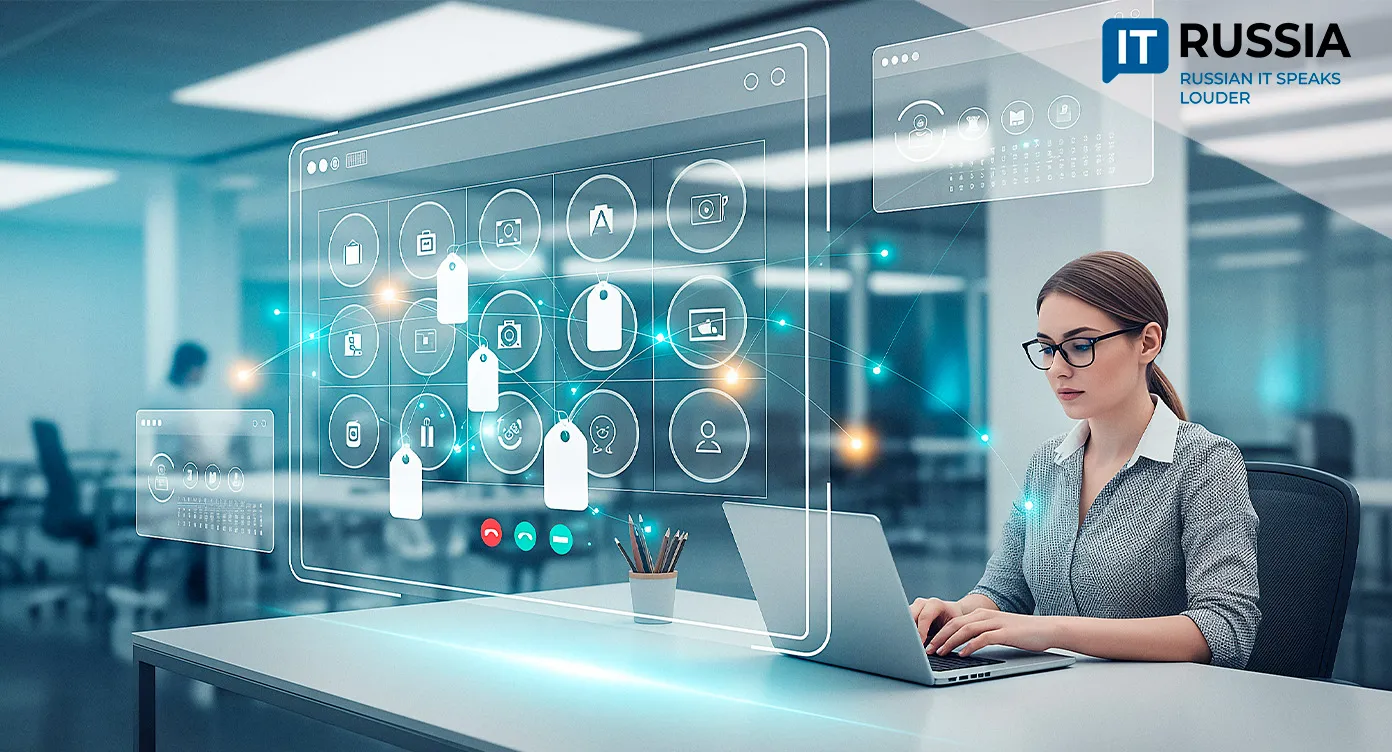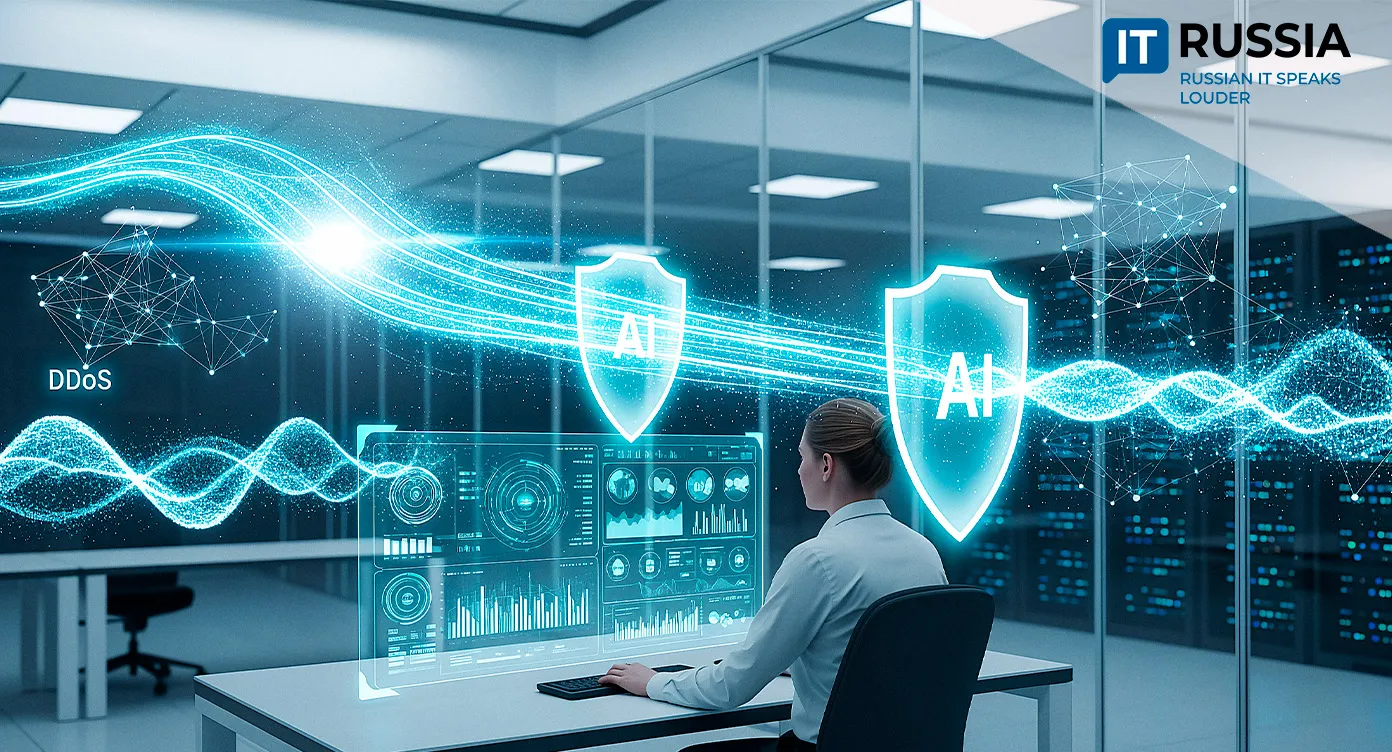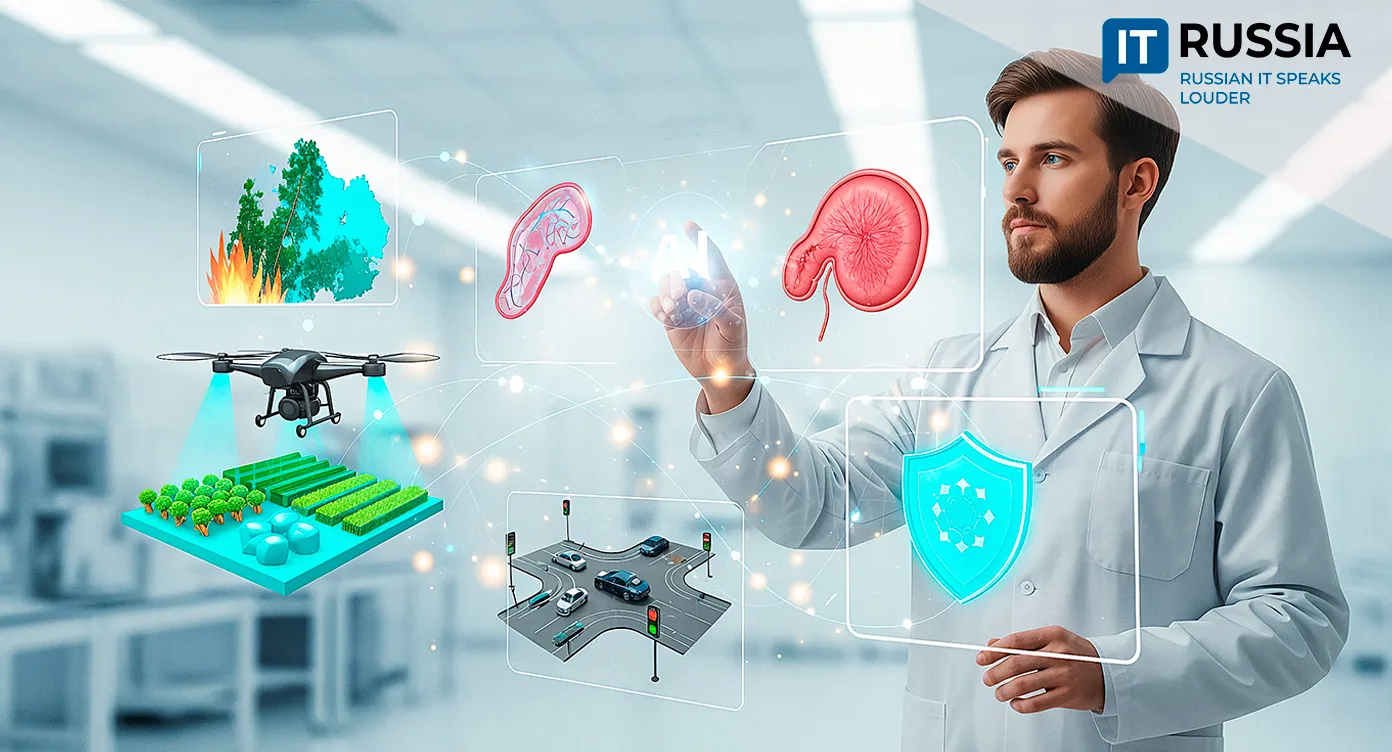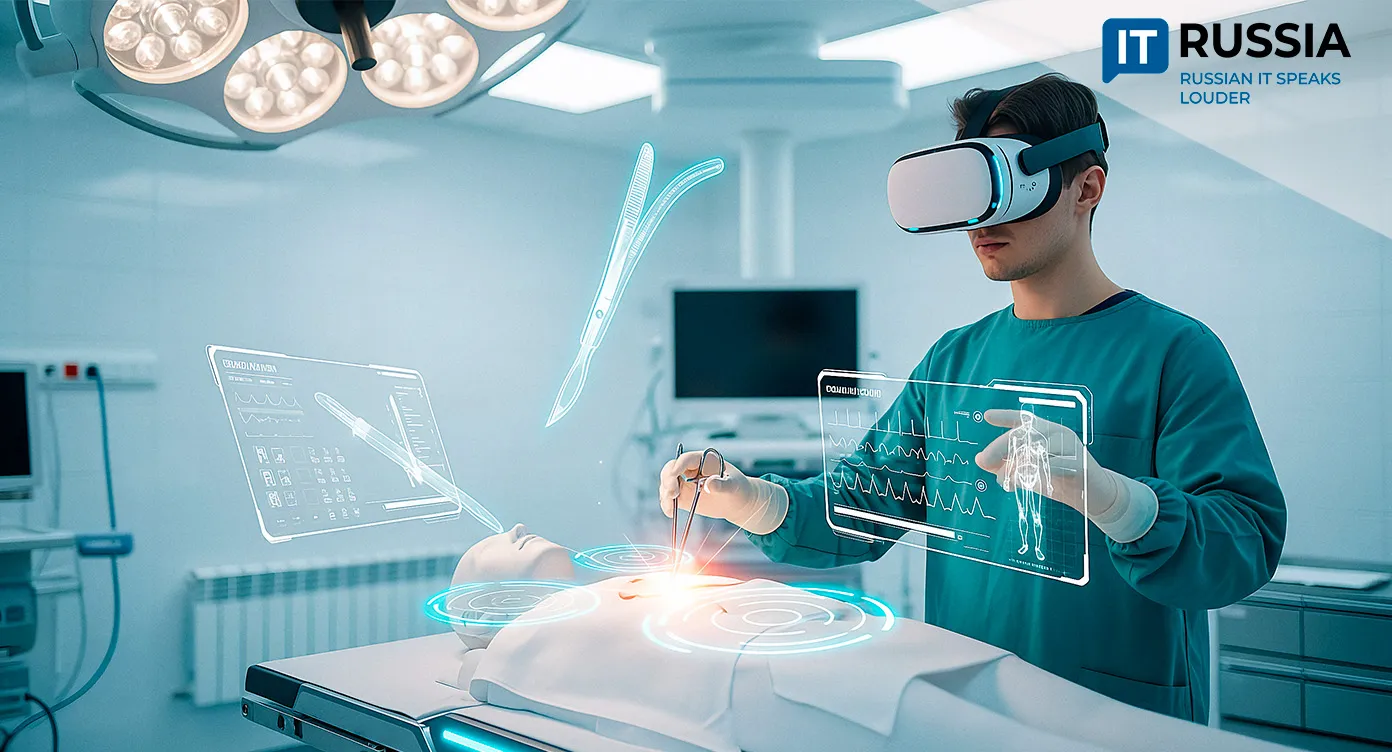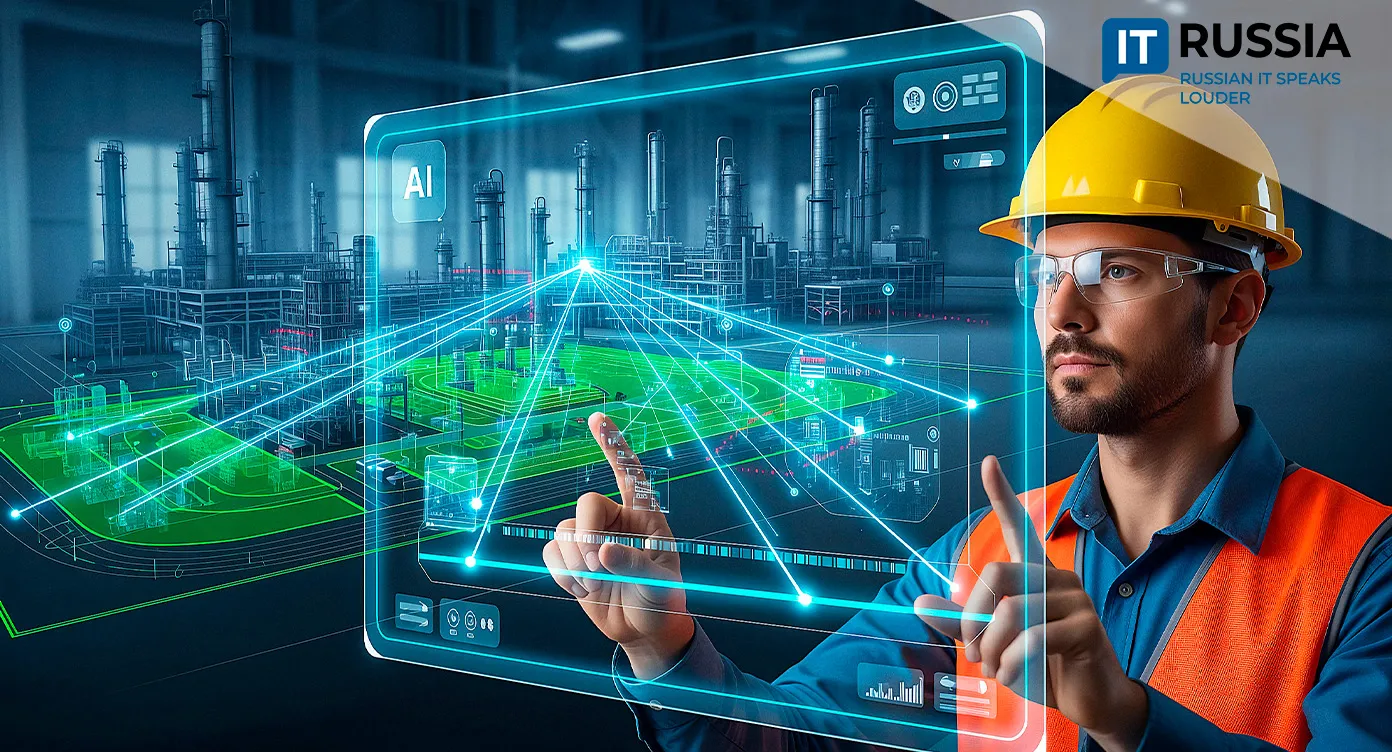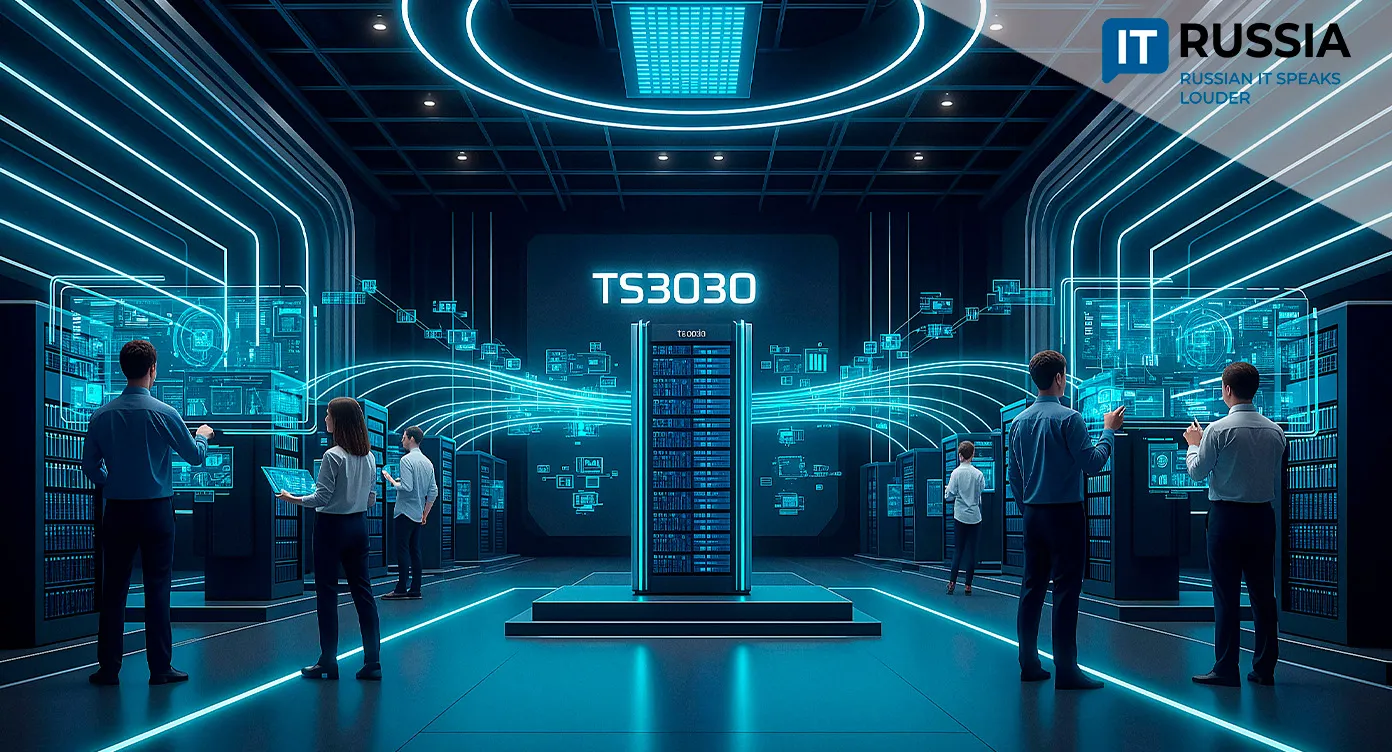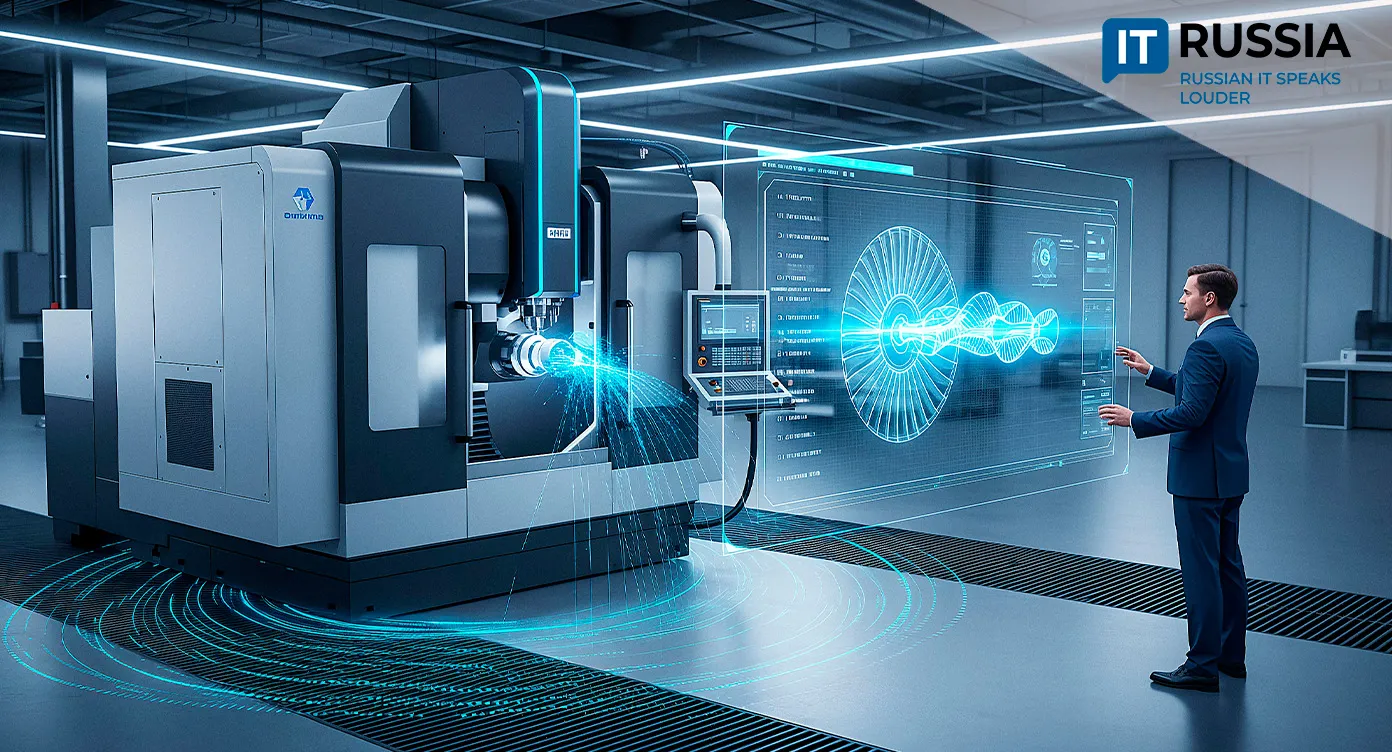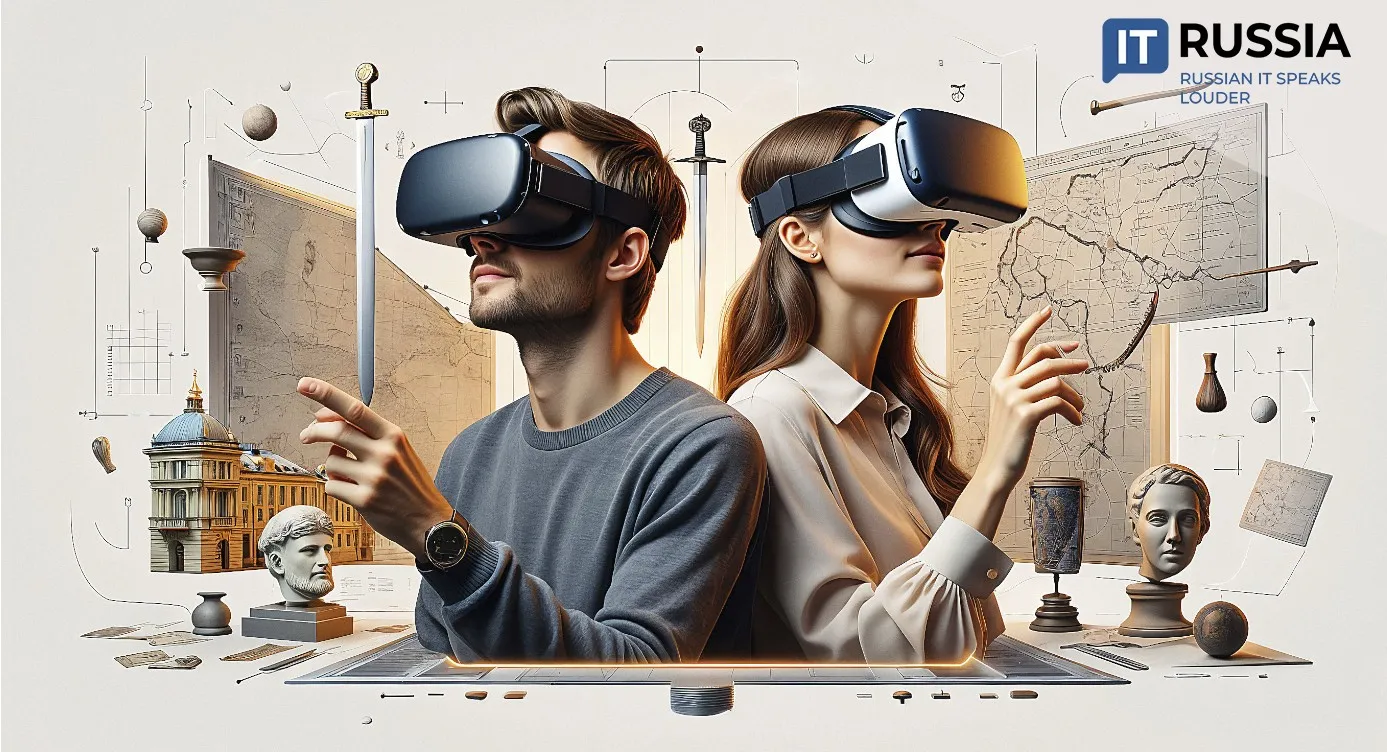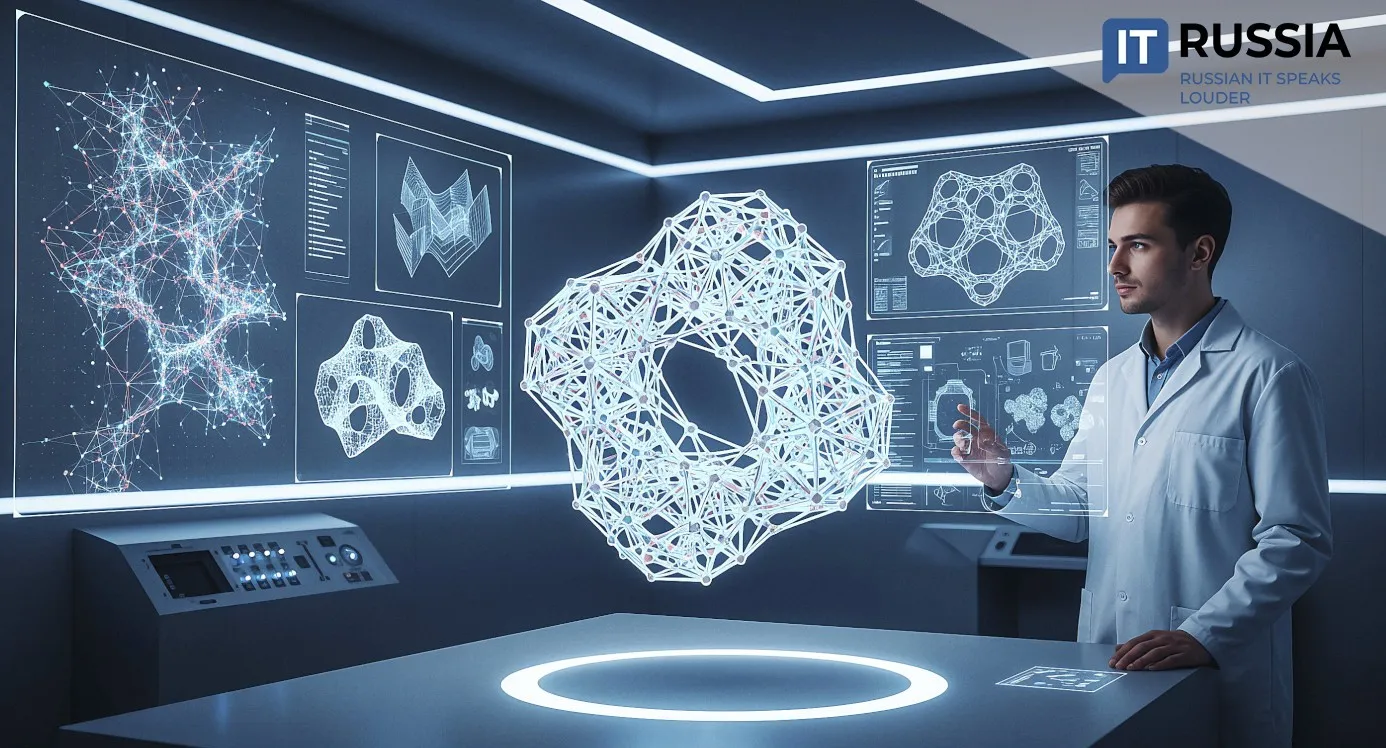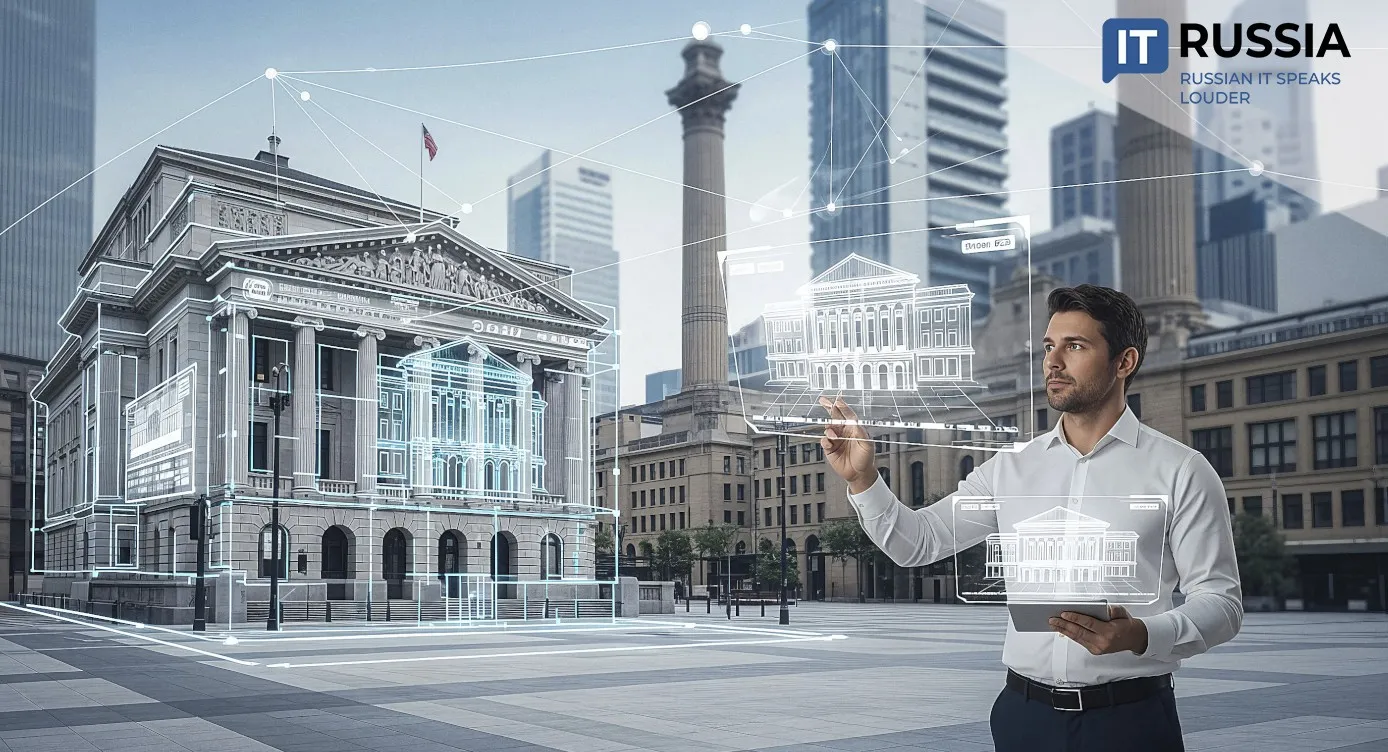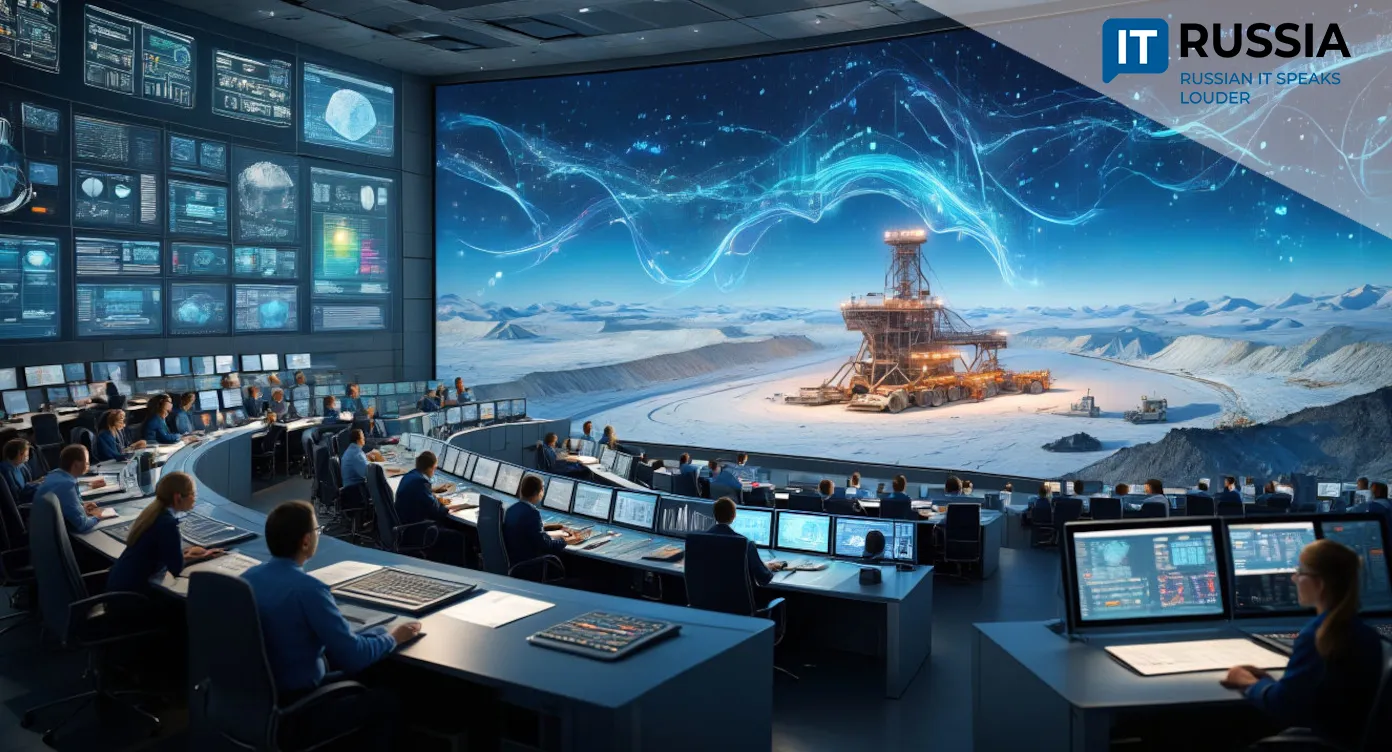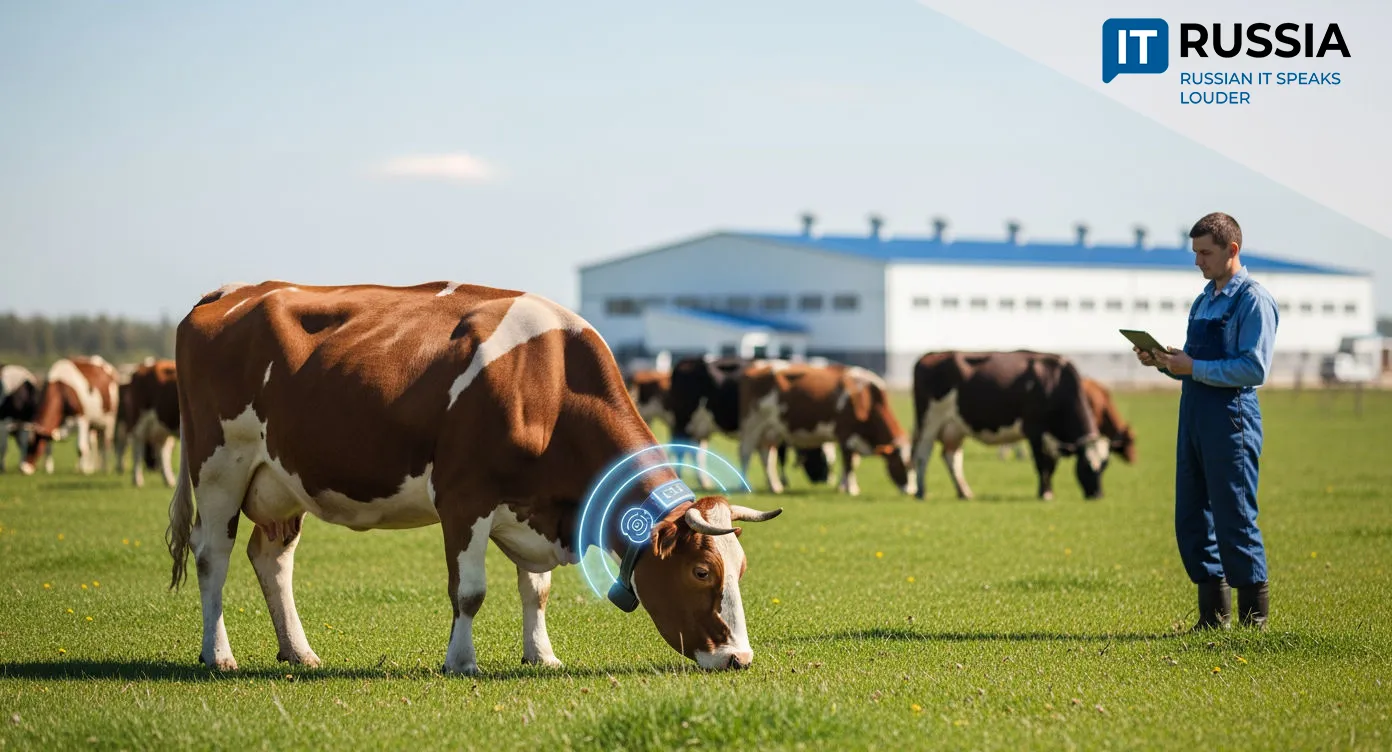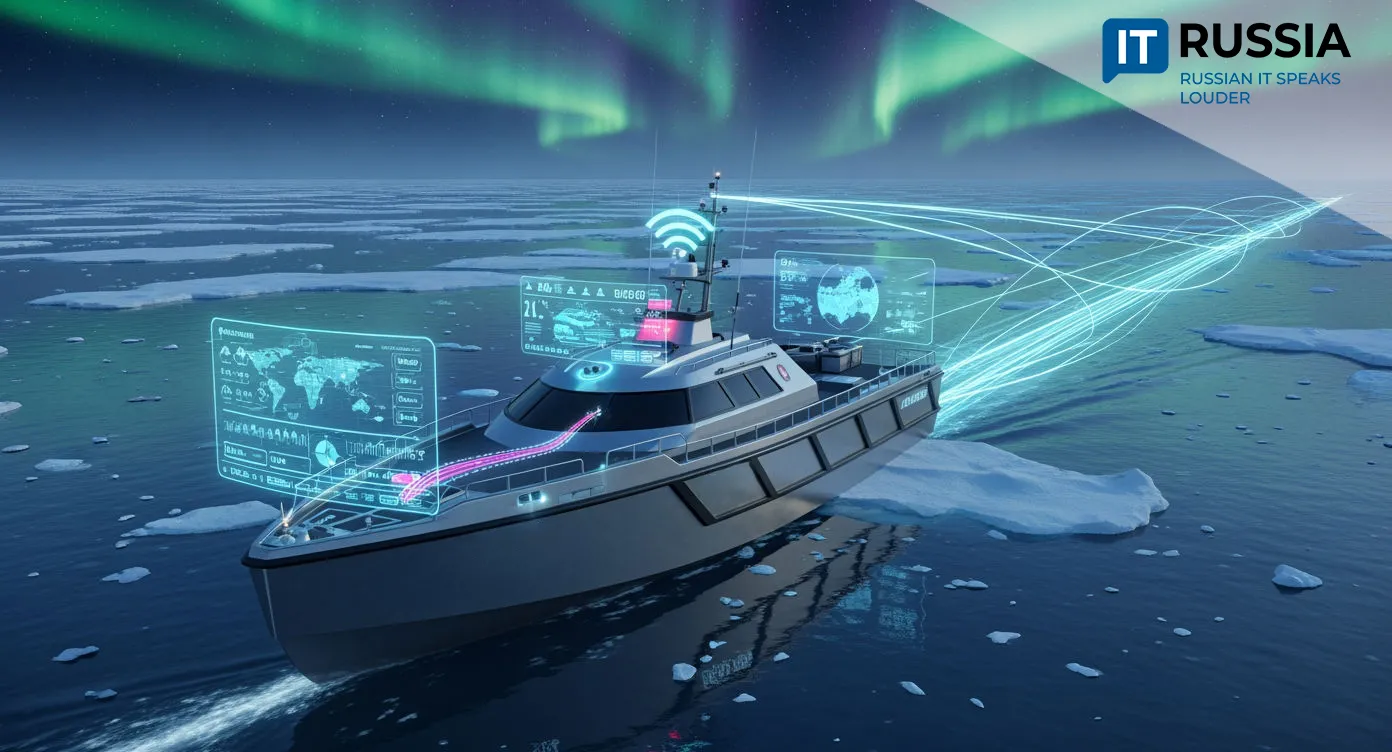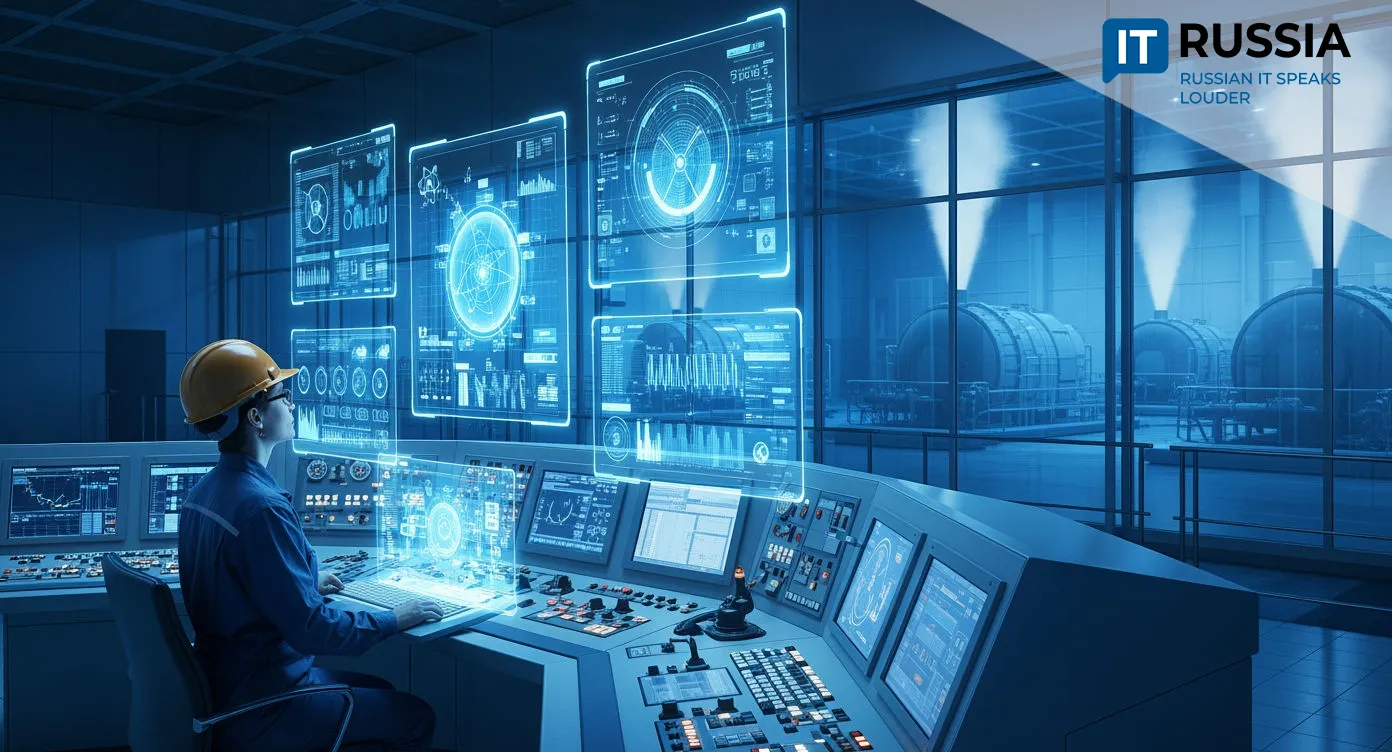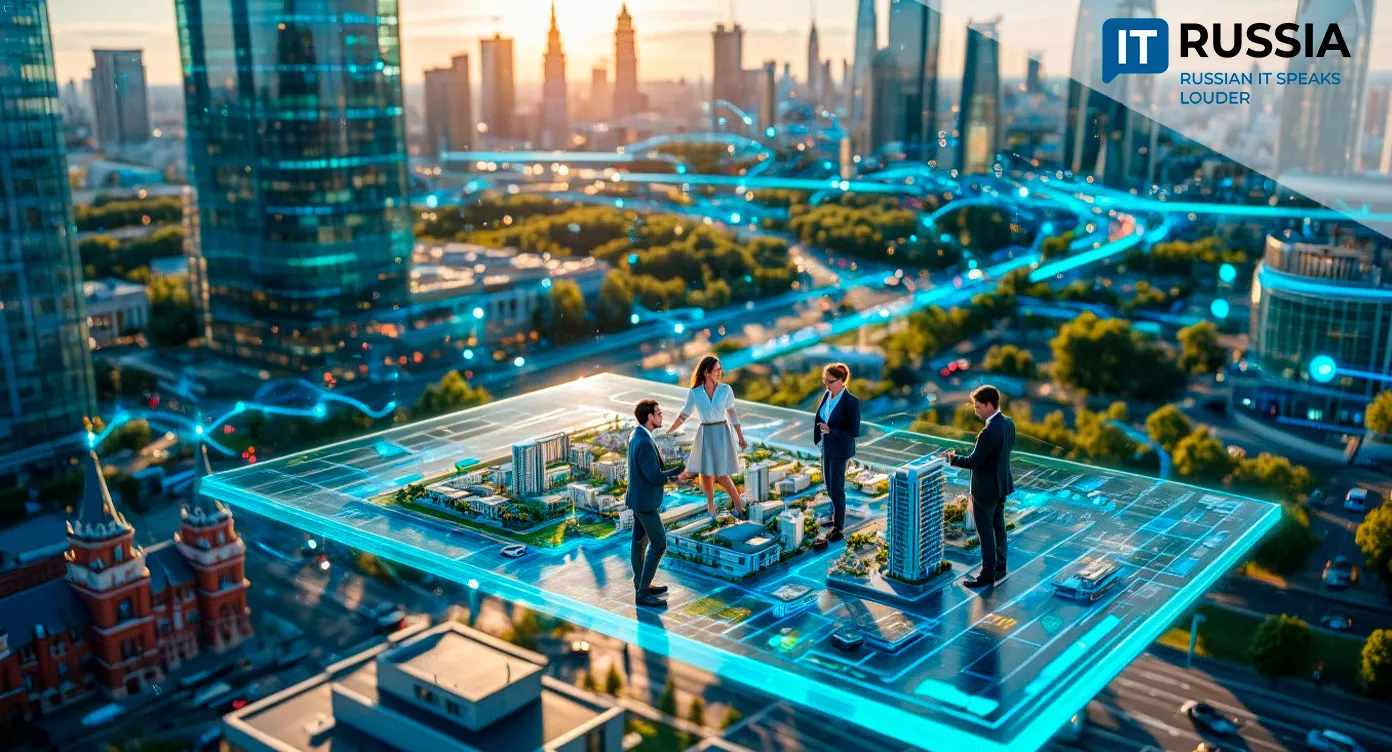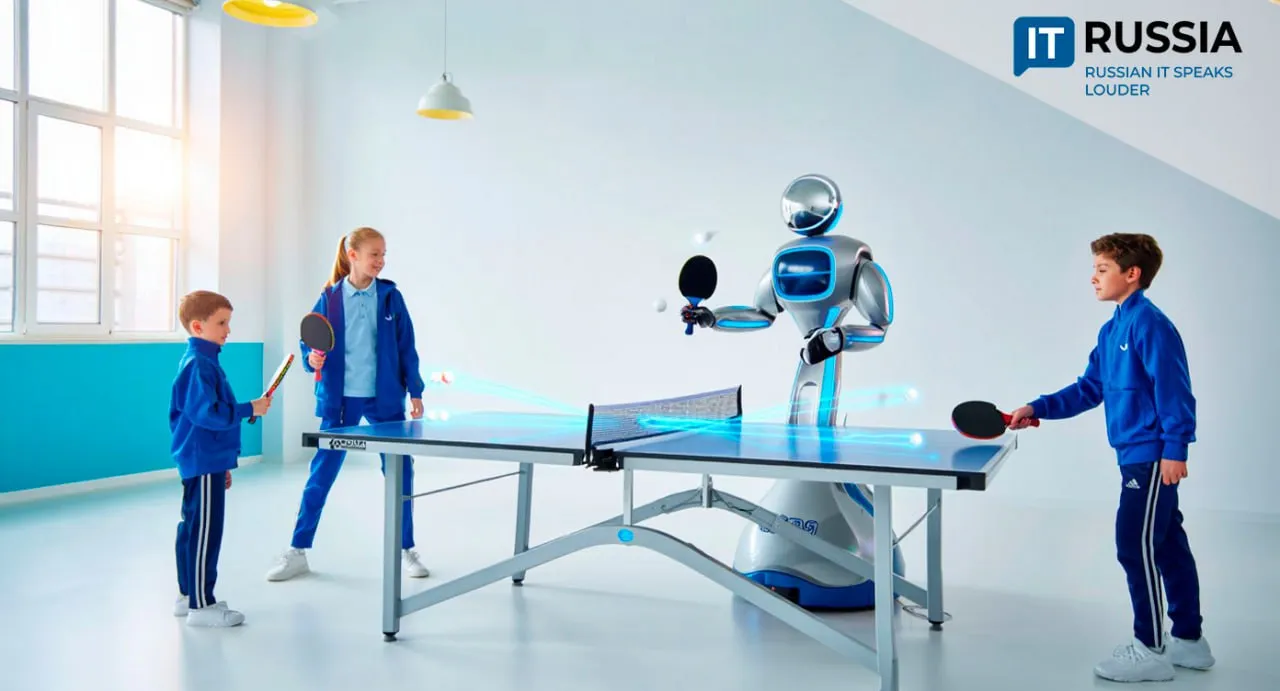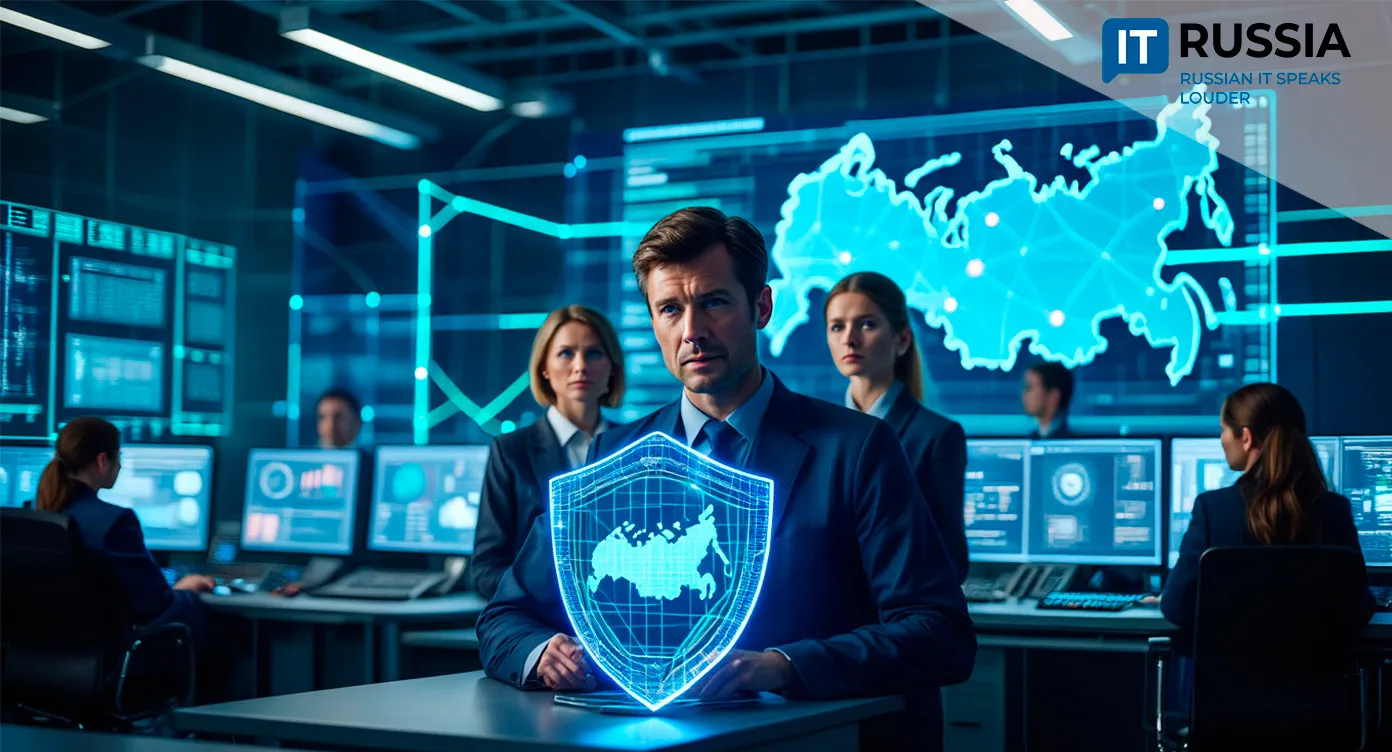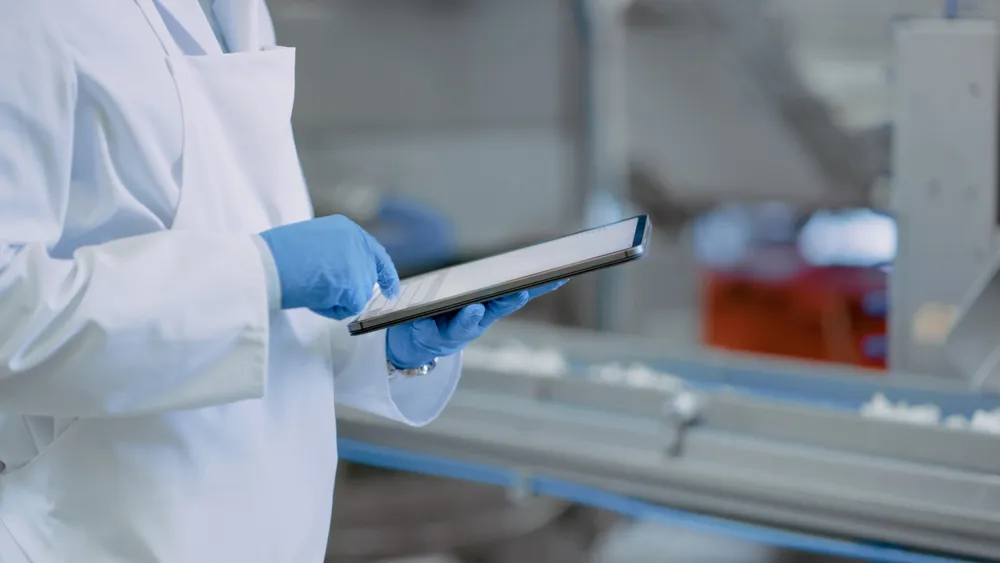The Millstones of History: A Samara Architectural Landmark Becomes a Virtual Quest Location
A team in Russia’s Volga region is using advanced scanning and VR technology to revive lost architecture and turn historic sites into interactive virtual quests, starting with Samara’s famed Bashkirov mill.
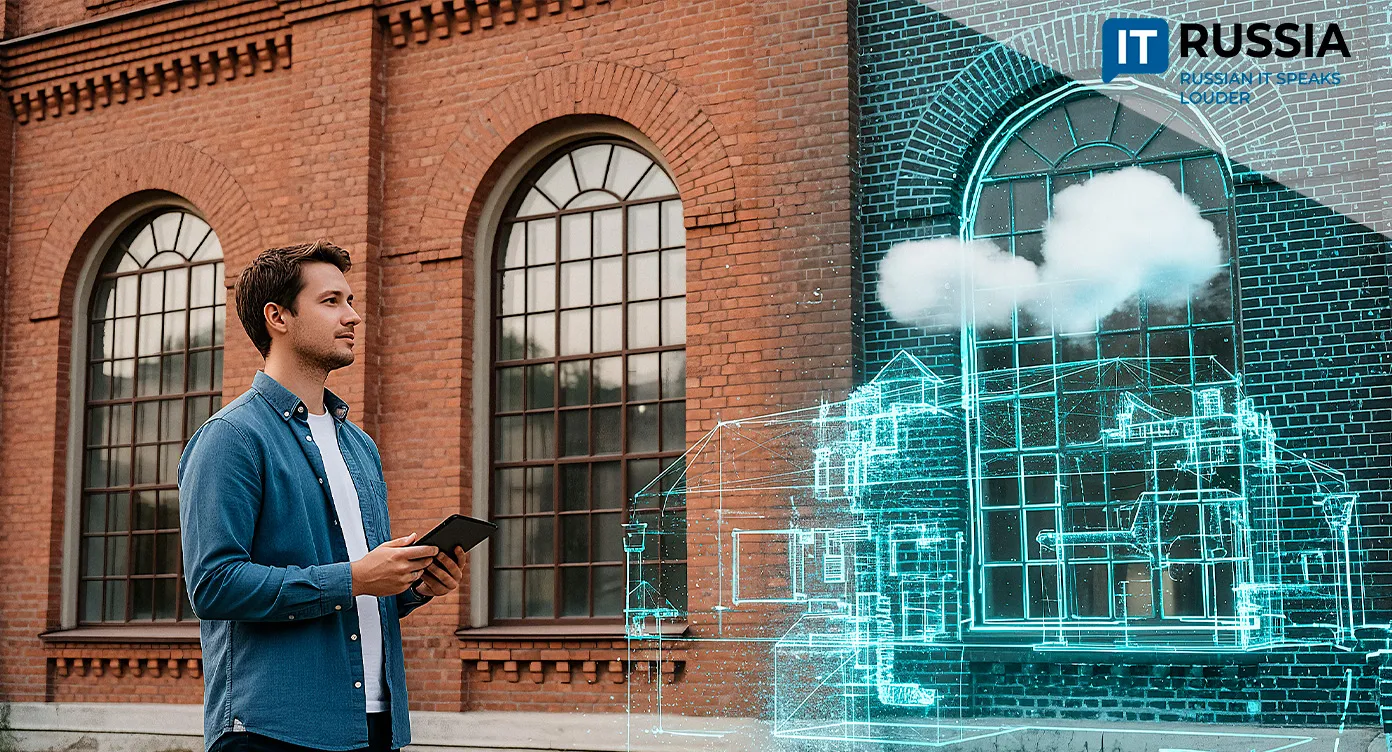
Bringing Volga History Back to Life
A group of specialists is working to revive the history of the Volga region—not just preserve it, but make it immersive. Funded by a presidential grant, the team will launch the “Virtual Reconstruction Forum” in 2026.
Preparations are already underway: dozens of architectural landmarks across Saratov, Samara, Nizhny Novgorod, and Kazan are being scanned to digitally restore elements of cultural heritage that no longer exist.
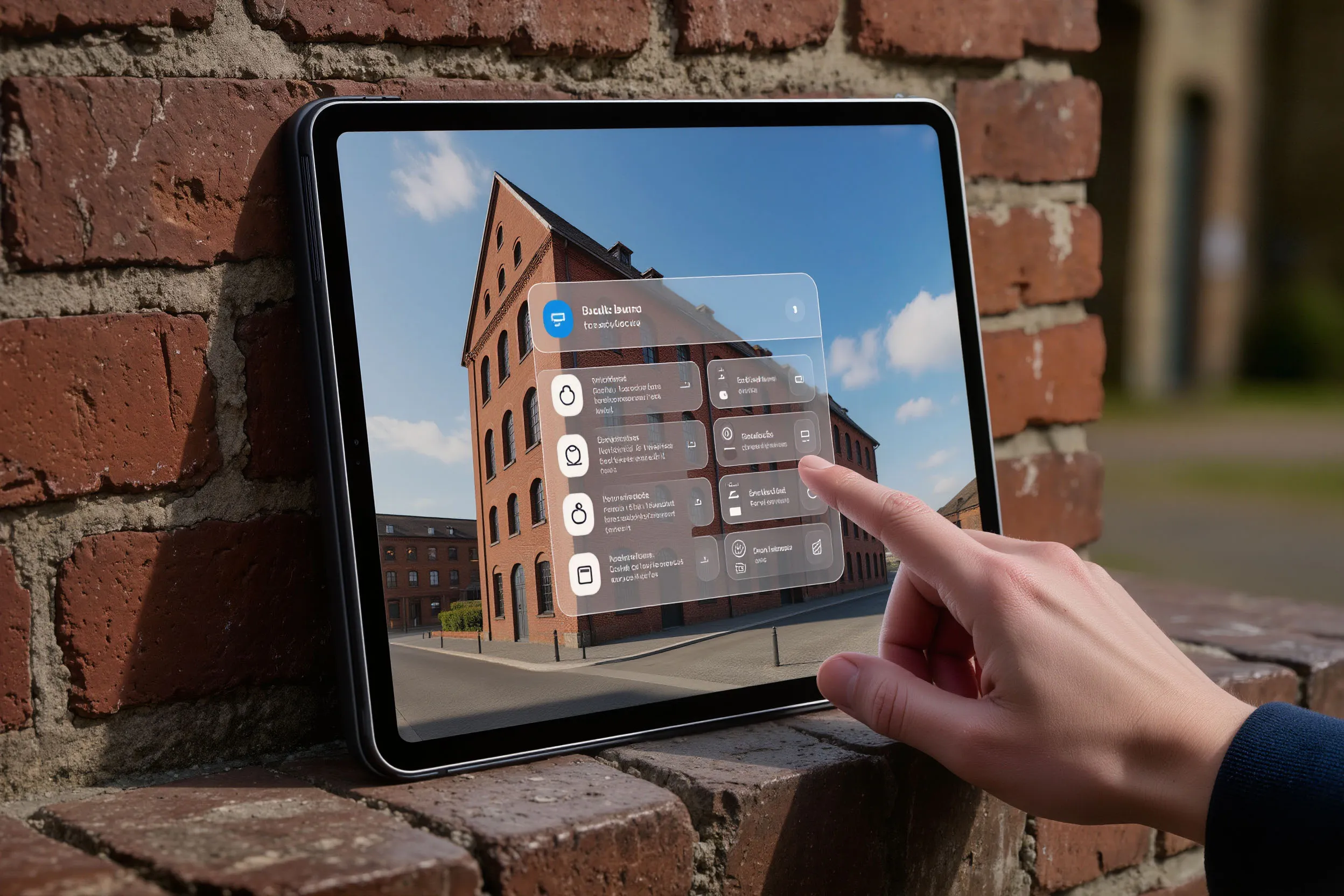
With support from Continuum Studio, the project team will recreate lost buildings using 3D virtual reconstruction, linking all four cities through an interactive quest that guides users on a time‑travel journey. In Samara, the central historical location is the mill of the Bashkirov Trading House.
A field expedition of laser‑scanning experts and historians has already mapped the entire historical block, including inner courtyards and exterior structures. The resulting point‑cloud model will serve as the foundation for a detailed 3D reconstruction.
A Journey Into the Past
The Bashkirov mill will become a key quest location presented at the Virtual Reconstruction Forum in spring 2026. The forum will take place across all four cities: Samara, Nizhny Novgorod, Kazan, and Saratov.
The development team are not hobbyists—they are seasoned professionals with years of experience in digital reconstruction. Their previous successes include recreating major architectural sites in Saratov, such as St. Clement’s Cathedral, the Alexander Nevsky Cathedral, and the Prince Vladimir Cathedral.
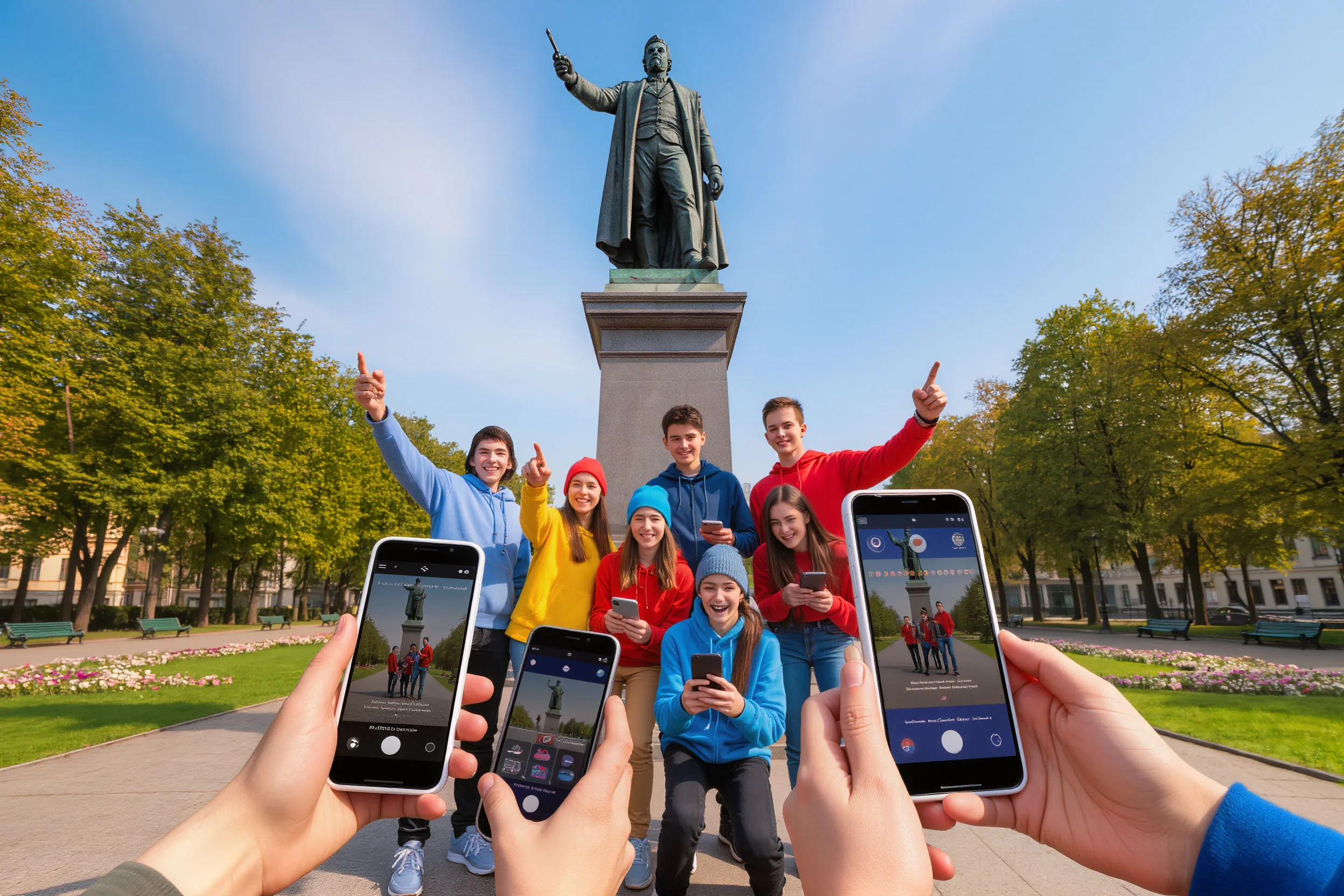
Their goal is clear: make Russia’s architectural heritage accessible to more people, ignite interest in national history, build cultural pride, and inspire respect for historical landmarks.
Virtual Reconstruction: Trend or Tool?
Across Russia, laser scanning, 3D modeling, and VR/AR technologies are increasingly applied to heritage preservation. One prominent example is the virtual reconstruction of the iconic structures of Moscow’s historic White City. But the “Virtual Reconstruction Forum: Living History of the Volga Region” aims for more than preservation—it seeks to deepen public engagement and make history participatory.
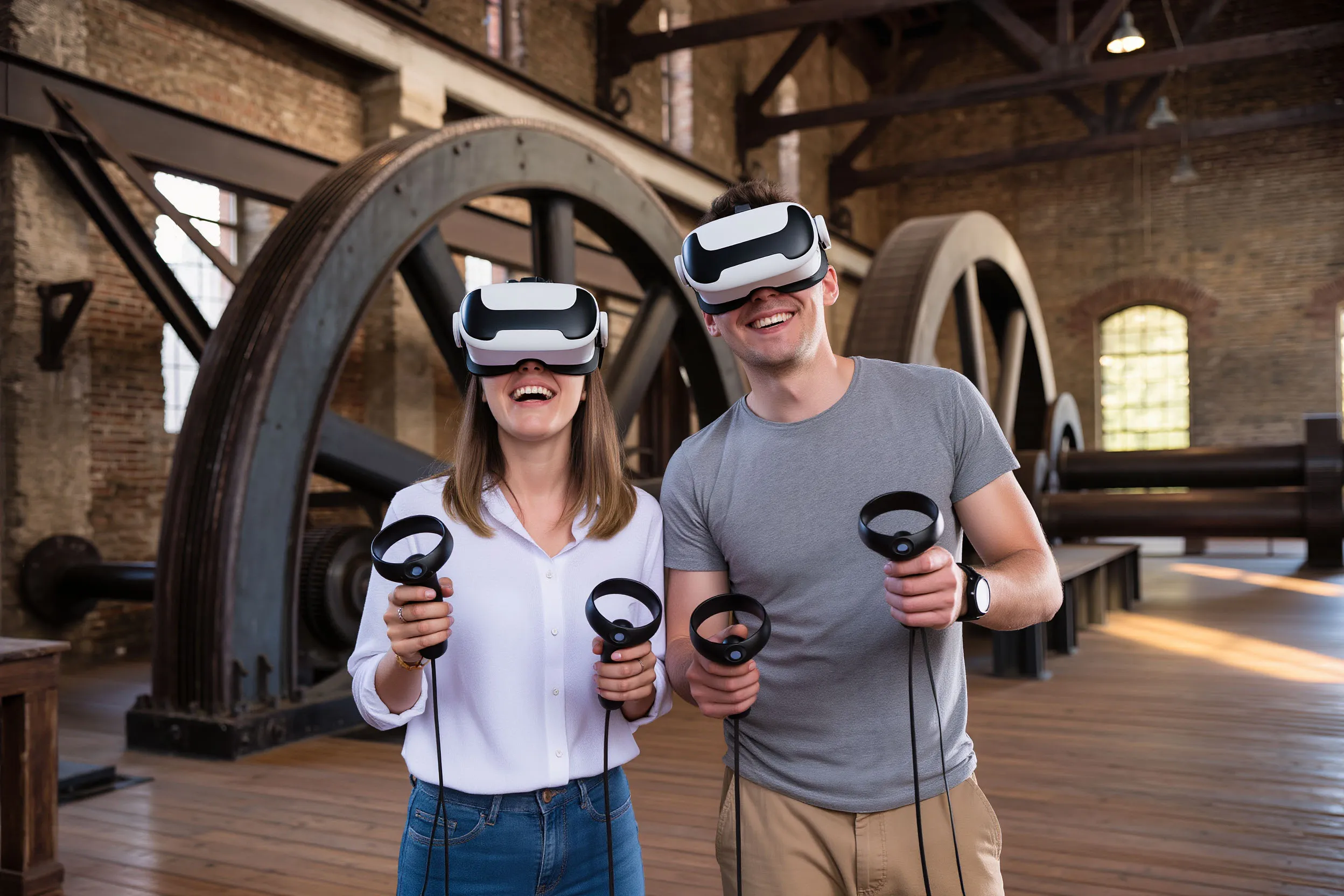
For the Volga region, such projects can boost local tourism and encourage residents to reconnect with architectural heritage. On a national scale, the initiative strengthens Russia’s digital‑heritage practices and showcases the export potential of domestic technologies. If the methodology spreads, it could become a benchmark for digital reconstruction worldwide, demonstrating how IT and tourism can merge into a single ecosystem.
The Bashkirov mill project represents a pivotal intersection of culture, history, and technology. It could become a model for developing cultural digital products with educational, tourist, and export value across other regions.



